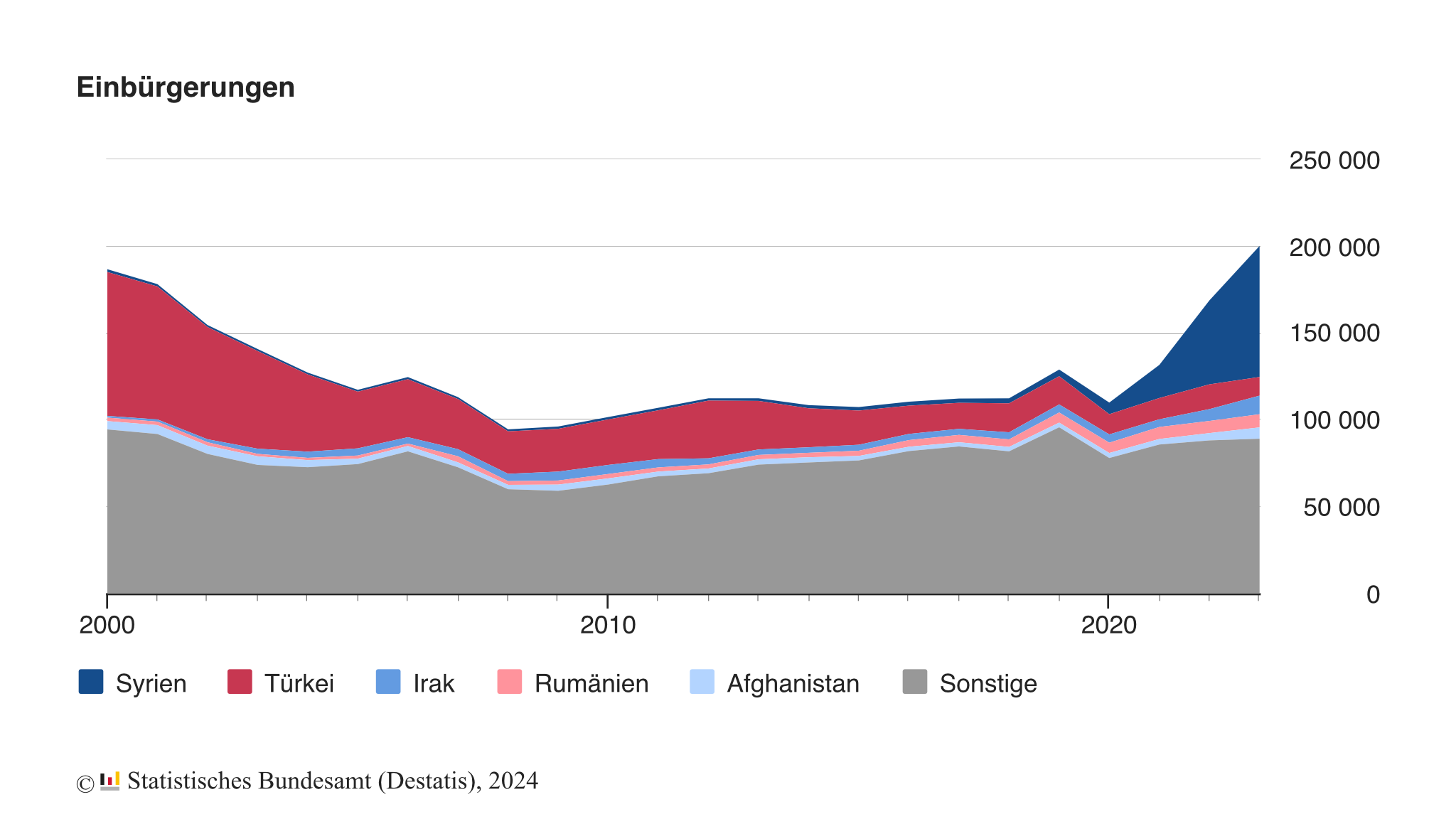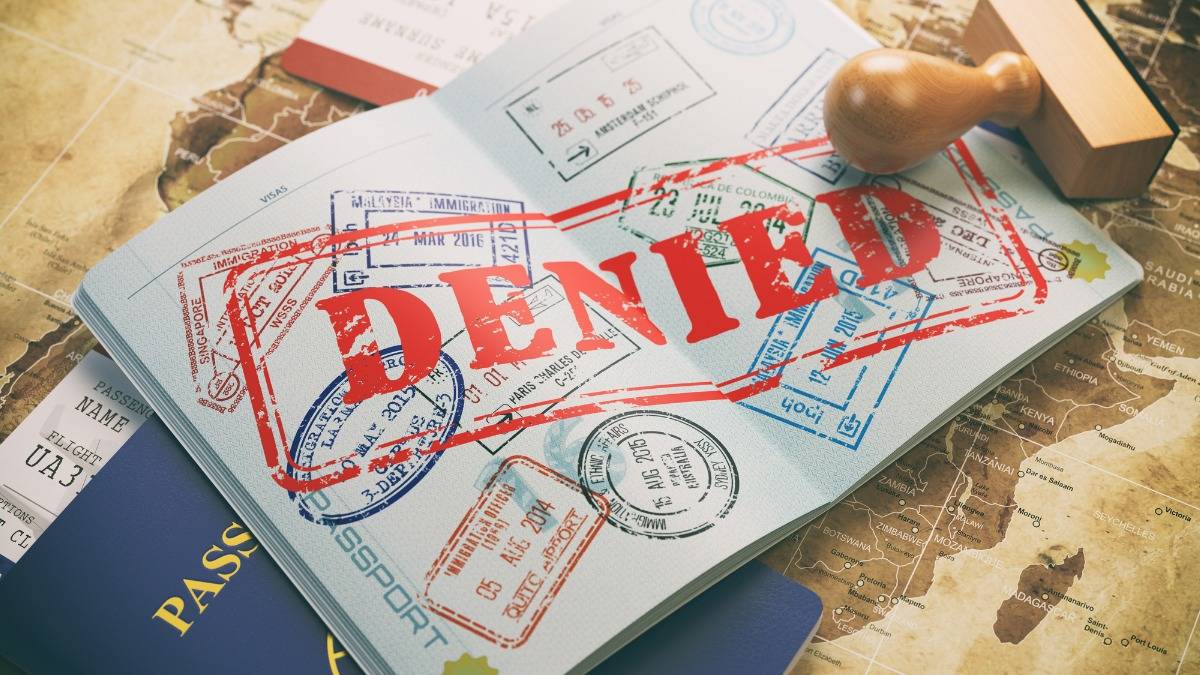
What Languages Do Germans Speak?
A recent survey has unveiled the multilingual capabilities of the German population, revealing an average of 2.3 languages spoken per person. This comprehensive online survey, conducted by YouGov on behalf of the language learning platform Babbel, polled 2000 individuals across Germany about their foreign language proficiency and attitudes. The findings from May 2024 indicate that Berliners lead the pack with the highest average number of languages spoken.
How Does Language Proficiency Vary Across Germany?
The study highlights a disparity in language skills across the country. While the capital boasts an impressive 2.9 languages per person, the eastern states show more modest numbers. Bavaria emerges as the frontrunner among the larger states with an average of 2.4 languages per person.
Are Political Views Linked to Language Proficiency?
Interestingly, the survey also sheds light on the correlation between political affiliations and language skills. Supporters of the AfD party reportedly have the lowest language proficiency, averaging 1.9 languages per person. This data suggests a broader narrative where language proficiency might reflect one’s openness to European integration and cultural diversity.
What Does Language Diversity Mean for Cultural Openness?
Arne Schepker, CEO of Babbel, interprets the survey results as a testament to the power of languages in fostering openness towards other cultures. He asserts that language skills not only broaden one’s world but also deepen the understanding and appreciation of diverse cultures.
Which Foreign Languages Reign Supreme in Germany?
The survey confirms that English remains the most widely spoken foreign language in Germany. However, among Generation Z—those aged between 18 and 24—Spanish plays a significant role, indicating shifting linguistic trends among the younger demographic.
What’s the Takeaway on Language and Culture?
A resounding 70% of Germans agree that foreign languages provide a gateway to other cultures, especially when traveling. This consensus underscores the belief that language proficiency is intrinsically linked to tolerance and openness.
How Do We Visualize Germany’s Language Diversity?
To encapsulate the linguistic diversity within Germany, let’s look at a pie chart representing the percentages of the most commonly spoken foreign languages:
In conclusion, the linguistic tapestry of Germany is both rich and varied, reflecting a nation that values cultural exchange and global connectivity. As we embrace the multitude of languages spoken across the country, we also celebrate the openness and curiosity that drive us to connect with the world around us.


